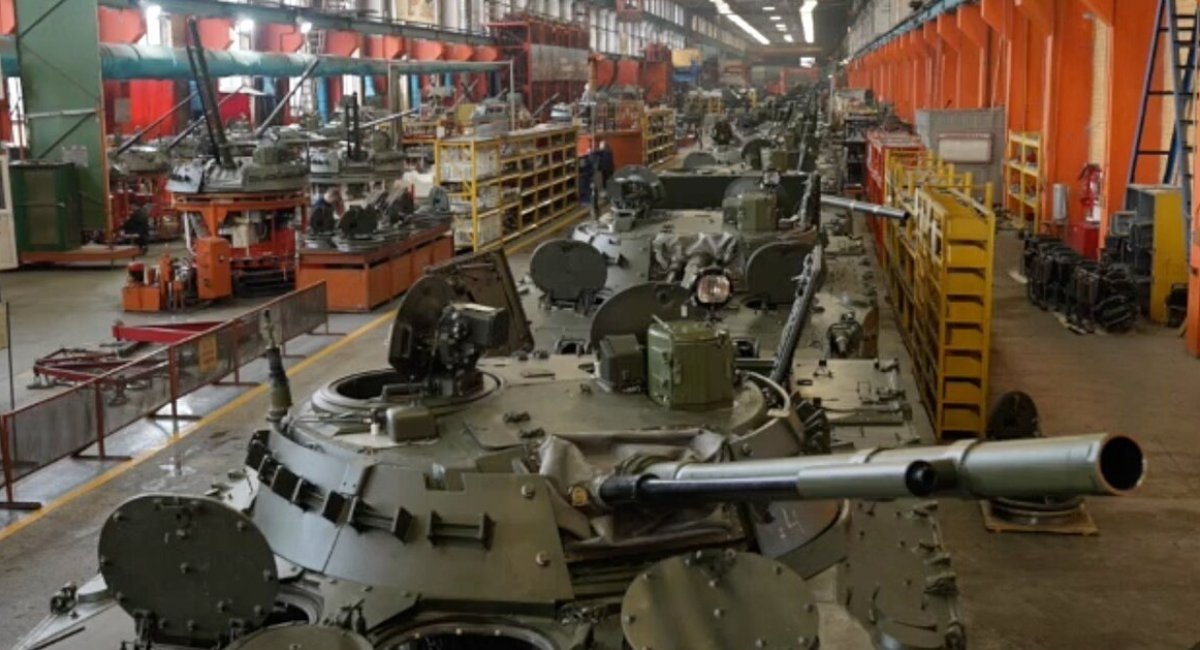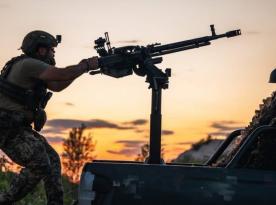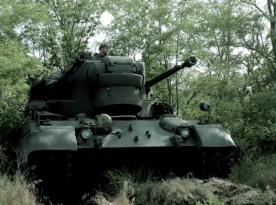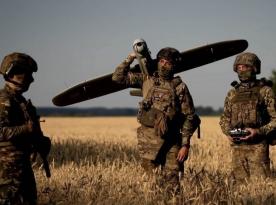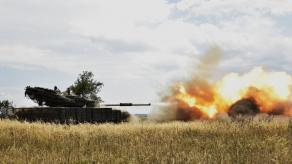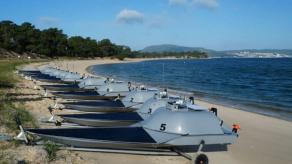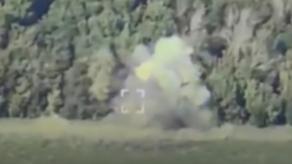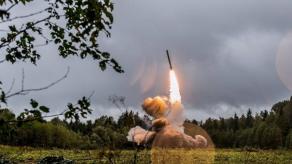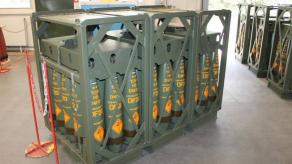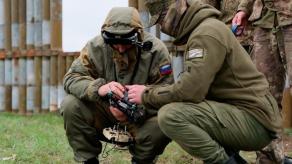Kremlin propagandists claim that the administration of the Kurgan region of the russian federation increased by 30% the state order for higher educational institutions, where personnel will be trained for local enterprises of the russian military-industrial complex.
At the same time, it is planned to make "production practice" at such factories for students of educational institutions almost continuous, and they will be "attracted" first of all with a high salary for the region at the level of 70 thousand rubles (currently the equivalent of 900 dollars) per month.
Read more: "Admiral Kuznetsov" Aircraft Carrier and "Admiral Nakhimov" Nuclear-Powered Cruiser of russian Fleet Are Done For – Even Without Ukraine's "Help"
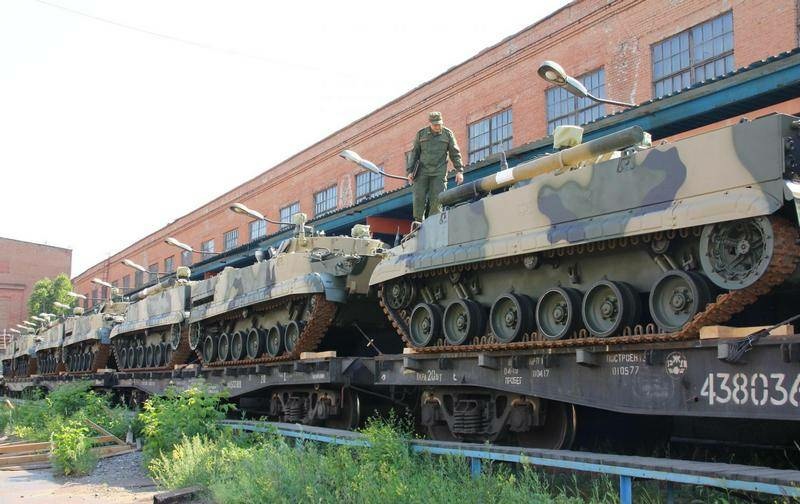
Three enterprises important for the russian military-industrial complex are concentrated in the Kurgan region. The most significant is "Kurganmashzavod", which manufactures BMP-3, BMD-4M infantry fighting vehicles and other light tracked armored vehicles for the russian army.
In addition, the company "Kurganpribor" is located here, which manufactures anti-aircraft, anti-tank and air-to-air missiles, as well as "Technokeramika", which also manufactures elements necessary for the military production of the russian federation. In total, these enterprises employ 1,700 workers. They plan to increase the number of employees by another 1,500 people, of which 1,200 are "reserved" specifically for students.
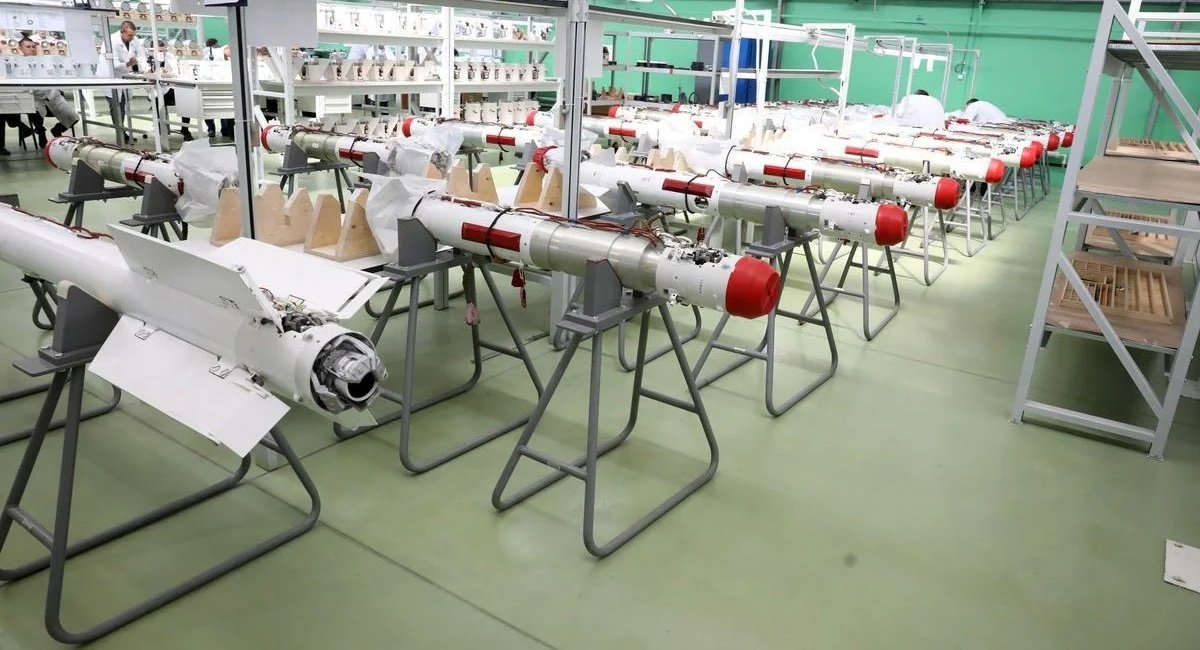
But in addition to students, "Kurganmashzavod" and other enterprises of the russian military-industrial complex in the region also plan to use prisoners. For this purpose, appropriate "production divisions" have already been created at these plants. It seems that the practice of attracting such a "specialized contingent" to work at the "Uralvagonzavod" in the Kremlin was recognized as "successful" and decided to "scale it up".
Back in 2021, the russian government adopted the "Concept for the Development of the Penitentiary System until 2030", where prisoners were allowed to be used more widely in "civilian" sectors of the economy, such as agriculture or woodworking. And so that this "special contingent" could be attracted to enterprises of the russian military-industrial complex, the government of the russian federation simply adopted the necessary amendment to the relevant resolution.
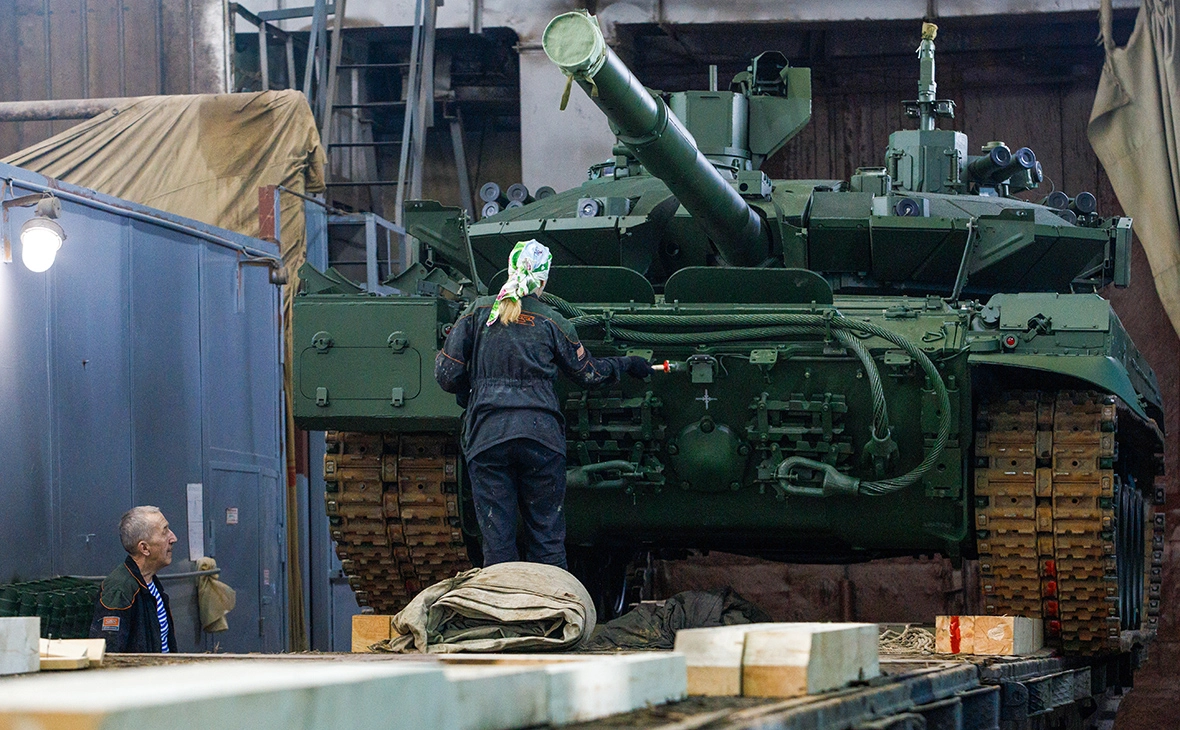
All of the things described above arose because the Kremlin wants to increase the production of weapons at its enterprises, but there is no suitable personnel resource for this. The Russians managed to send a significant part of the low-skilled personnel of their factories to the front of Russia-ukraine war, but there was no one to replace them. Because even despite the decline in the standard of living, there are no russians willing to work at the enterprises of the russian military-industrial complex.
That is why the russian federation is forced to take extraordinary steps. The cause is that russia has an unlimited personnel resource "on paper", but in practice it does not know how to manage it effectively. That is why similar nuances arise.
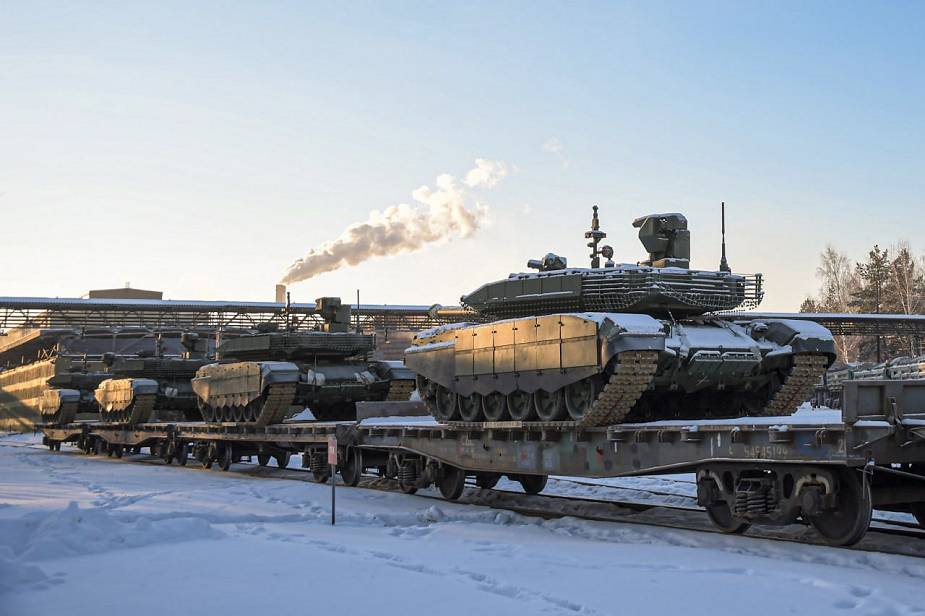
Read more: How Many Tanks a Month russian "Uralvagonzavod" Can Produce, Really




